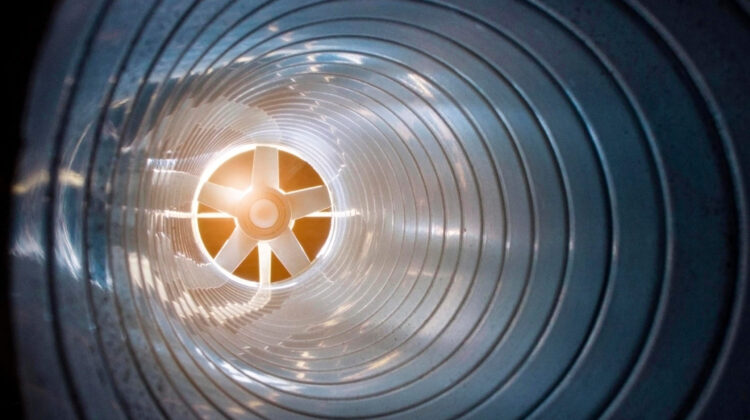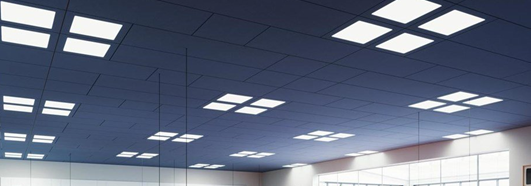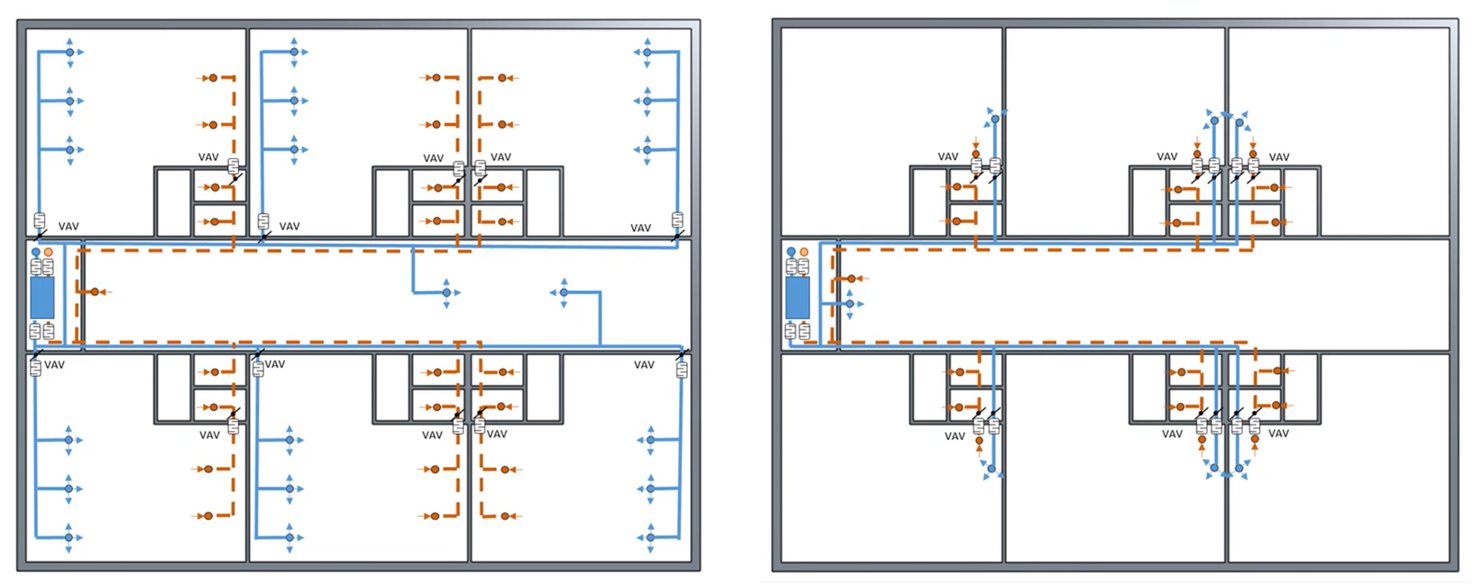
Schools globally take on a daily responsibility: to provide the very best environment in which students can grow and thrive. And they need to do it equitably; true inclusivity means that no child gets left behind regardless of background or level of ability.
But schools also need to think about the greater context. By raising issues of air quality, the recent Pandemic has shown that the physical environment in schools cannot be ignored. And responding to climate change, educational institutions the world over are pledging to be carbon-neutral by 2050. And every element in the built environment contributes to the burden of carbon emissions – a price which will be paid for by future generations.
This is why we have developed a ceiling system that balances good acoustics with sufficient-air quality while also taking account of the environmental and cost. And these are some of the reasons that diffuse ventilation is an increasingly popular choice for architects, building owners and contractors who are conscious of both the environment and its occupants.
What is diffuse ventilation?

Diffuse ventilation supplies fresh air to a room through the naturally-occurring gaps between panels in a suspended ceiling [1]. A build-up of air occurs in the gap between the ceiling tiles, and the even distribution of pressure across the ceiling surface causes air to trickle down into the lower-pressure room below.
Because it is not necessary to have the air enter the room through traditional diffusing panels, this form of ventilation system can remove large volumes of heat without having the annoying directional blasts of air that compromise thermal comfort in occupants.
A better sound environment
One benefit of diffuse ventilation is acoustic. Heating, ventilation and air conditioning (HVAC) systems are cited in many research papers as a central contributor to noise levels in offices and schools [2, 3].
The higher the air velocity, the higher the sound of rushing air as it is channeled through the air inlets in mixing ventilation systems. This ever-present sound interferes with activities in the room, adding a baseline level of broadband masking background noise to most environments which it is known presents a real challenge to listeners because of the way it alters the perception of speech sounds [4].
But because DV does not need air-diffusing ceiling panels to distribute air into the room, the entire ceiling is fully absorbent and there is therefore no need to install any extra sound absorbing material over the ceiling tiles.
Diffuse ventilation does not require any air inlet panels and as a result, the entire ceiling is acoustically absorbent.

Comfort is key
Ideally, a ventilation system creates a high rate-of-exchange of fresh air in a room while still maximizing thermal comfort for those in the room. This feeling of being out of one’s temperature comfort zone can impact on quality of life and performance.
Mixing ventilation systems customarily supply fresh air via air-inlet panels. Air inlets such as these create directional airflow which is felt by occupants in some parts of the room, causing a breeze and even a chill to be felt that increases in direct proportion with the air velocity.
Diffuse ventilation is a system with low momentum in which the air can be exchanged quickly and frequently while still keeping the air velocity low [5]. These factors lower the potential for occupants to feel out of their temperature comfort zone which leads to lower ratings of thermal discomfort [6]. Equitable thermal comfort for everyone in the room is a key ingredient in what makes diffuse ventilation superior to alternatives [7].
A healthier alternative
One thing the recent Pandemic has highlighted is that the shared air we breathe is a precious commodity. And yet making sure that sufficient airflow can be maintained – enough to limit the buildup and spread of contagions – can be costly and/or uncomfortable.

When it comes to mixing ventilation, although the air moves too much in some areas producing thermal discomfort for occupants, in other areas the complete opposite occurs. Stagnant zones build up in which the air does not move in other parts of the room [8]. This uneven distribution is bad for both those that are too hot or cold, but also potentially for the spread of pathogens, which is why diffuse ventilation could pose a less risky alternative.
During the Pandemic, many schools were forced to open windows in order to address the air quality issue, letting in air and sound pollution. Diffuse ventilation offers the possibility to increase the air velocity and air-exchange rate in a room, creating open-window conditions without the knock-on effect of adding to the risk and discomfort of occupants.
A more sustainable solution with reduced costs is possible
Systems that do more usually require more: more materials, more time needed for installation, more money. These generally lead to greater demands on both the environment and the pocket. But diffuse ventilation is subtractive: it does more for less. All it requires is that we take out the ducts and diffusors that typically accompany alternative ventilation systems, and have a compatible suspended ceiling which can facilitate the buildup and distribution of clean air.

As educational institutions globally continue to pledge their commitment to becoming net-zero, shifts towards products like this that are able to deliver significant reductions in emissions without additional financial demands will be imperative to achieving the goal. Therefore, we also assessed the difference in costs and environmental impacts between typical mixing ventilation systems and diffuse ventilation via a neutral third party consultant.
The results indicated a 10% reduction in costs and a 8% reduction in carbon emissions in favour of diffuse ventilation. For many stakeholders, this represents a giant leap in the right direction towards a more sustainable future.
For a diffuse ceiling ventilation design guide, please click here.
For more information about the impacts and costs report, please send an email to [email protected].
[1] C. A. Hviid and S. Svendsen, “Experimental study of perforated suspended ceilings as diffuse ventilation air inlets,” Energy Build., vol. 56, pp. 160–168, Jan. 2013.
[2] Iannace, G., Ciaburro, G., & Trematerra, A. (2018). Heating, ventilation, and air conditioning (HVAC) noise detection in open-plan offices using recursive partitioning. Buildings, 8(12), 169.
[3] Shield, B., Greenland, E., & Dockrell, J. (2010). Noise in open plan classrooms in primary schools: A review. Noise and Health, 12(49), 225.
[4] Leibold, L. J. (2017). Speech perception in complex acoustic environments: Developmental effects. Journal of Speech, Language, and Hearing Research, 60(10), 3001-3008.
[5] Zhang, C., Heiselberg, P., & Nielsen, P. V. (2014). Diffuse ceiling ventilation–a review. International Journal of Ventilation, 13(1), 49-64.
[6] Olesen, B. W., & Parsons, K. C. (2002). Introduction to thermal comfort standards and to the proposed new version of EN ISO 7730. Energy and buildings, 34(6), 537-548.
[7] Fan, J., Hviid, C. A., & Yang, H. (2013). Performance analysis of a new design of office diffuse ceiling ventilation system. Energy and Buildings, 59, 73-81.
[8] Zhang, C., Yu, T., Heiselberg, P. K., Pomianowski, M. Z., & Nielsen, P. V. (2016). Diffuse ceiling ventilation: design guide.

